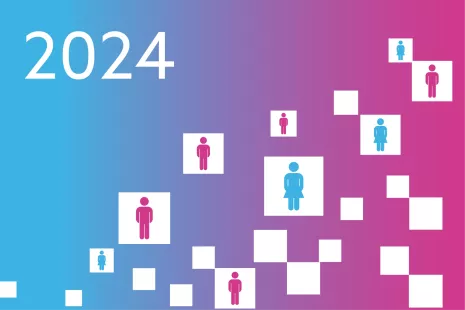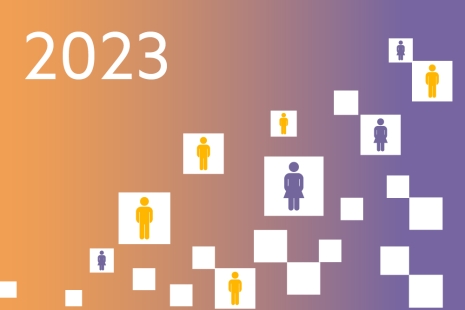Destinations are the annual survey of school leavers undertaken by Careers Wales on behalf of the Welsh Government.
Careers Wales is contractually obliged to provide the Welsh Government with data on the destinations of pupils from all maintained and special needs schools who are at or above the school leaving age.
Destinations provide an useful snapshot of pupil destinations which informs careers staff in their work with clients, parents, teachers and employers.
The data collected also proves an invaluable aid to partners involved in planning learning, training and employment opportunities.
Recent destinations by year from schools in Wales

View 2024 pupil destinations for pupils in Year 11, 12 and 13 from schools in Wales.

View 2023 pupil destinations for pupils in Year 11, 12 and 13 from schools in Wales.

View 2022 pupil destinations for pupils in Year 11, 12 and 13 from schools in Wales.

View 2021 pupil destinations for pupils in Year 11, 12 and 13 from schools in Wales.
Recent destinations by year, school cohort and local education authority from schools in Wales
| Year | Year 13 | Year 12 | Year 11 |
|---|---|---|---|
| 2024 | |||
| 2023 | |||
| 2022 | |||
| 2021 | |||
| 2020 |

